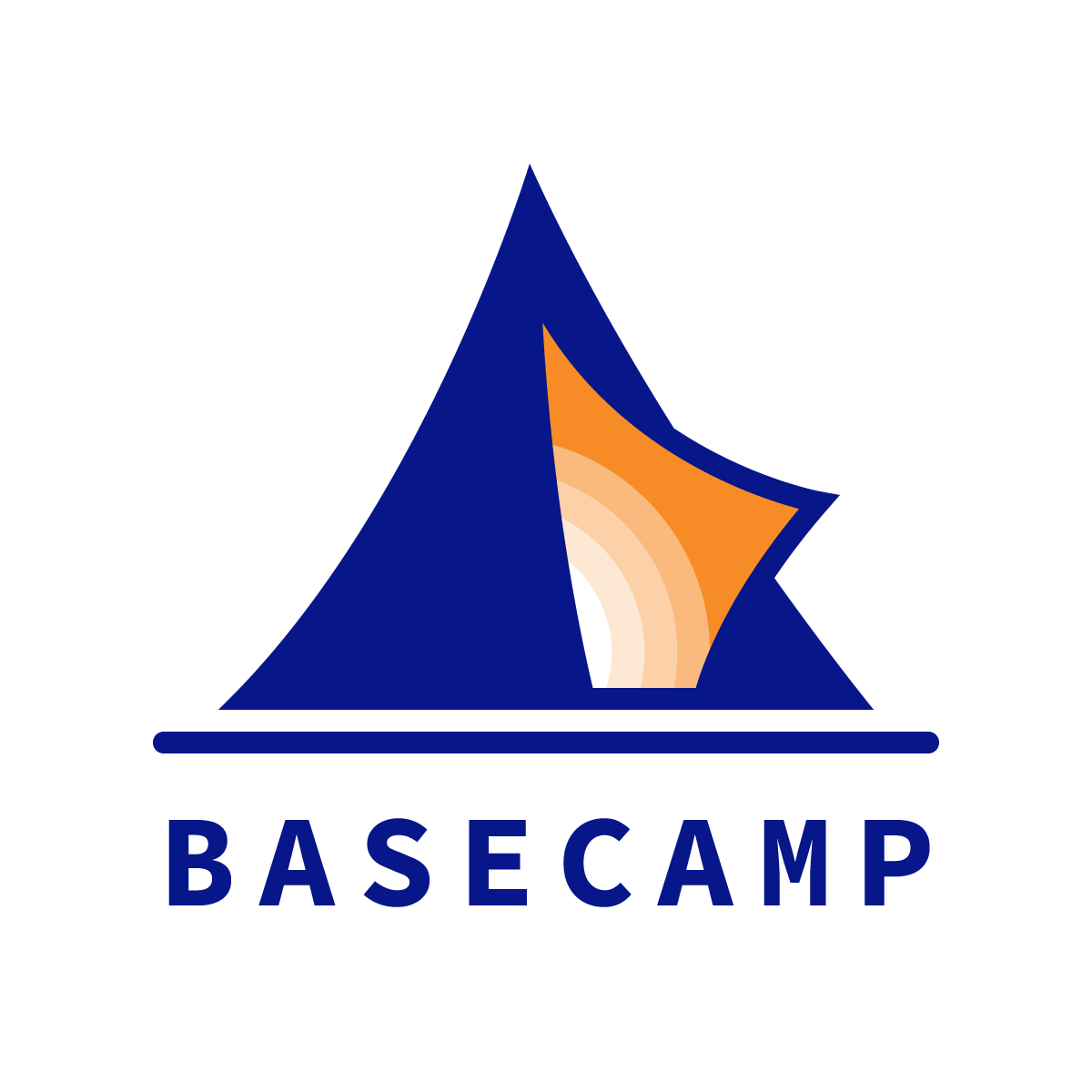Not who, not what, but WHERE learning happens...
The first NYC-based Expedition took place at WeWork W. 57th Street. Being in a fishbowl office space, surrounded by small businesses in adjacent fishbowl office spaces, catalyzed creative and collaborative problem solving in ways that don’t typically happen in classrooms.
Few architectural spaces are as commonly recognized as the rectangular room with desks in rows (or clusters) and a board at the “front.” Around the world, almost everyone knows a classroom when they see one.
At the same time, educators are coming around to the fact that where students learn can be as impactful as with whom and what they learn.
When we ran our first social entrepreneurship program back in 2015, my #1 rule was that it could not take place in a traditional classroom. Instead, we used a learning lab in the center of our Learning Commons, the most heavily trafficked spot on campus (and the site of the Center for Social Impact, opening next week). When that space was unavailable the next year, we moved to the squash courts. And in 2017 when I launched Expeditionaries in New York City, we set up at WeWork W. 57th Street.
Ask teachers to design learning for a classroom, and you can probably guess what you’ll get.
Ask teachers to design learning where learners will be visible to—and maybe even collide with—others, and all of a sudden universes of possibility open up.
Taken to its logical conclusion, you get collocation or robust partnerships, as evidenced by this article on some of the XQ prize schools:
“Some schools redefine where teaching and learning happens by co-founding or co-locating their school with community partners. […] Several of the future XQ Super Schools will offer internships, apprenticeships, and certification programs. Students will perform real tasks at their internships, preferably working on projects of their own design, where a real-life workplace mentor is guiding their learning and exploration.”
Where is one place inside your school that isn’t a classroom and where creative learning collisions can happen?
Where is one place outside your school that you could use for learning?
What’s stopping you?
***
p.s.: 5 days left to take advantage of the early bird discount for our 2019-20 Expeditions.
***
Thank you for reading this post from Basecamp's blog, Ed:Future. Do you know someone who would find the Ed:Future blog worthwhile reading? Please let them know that they can subscribe here.





